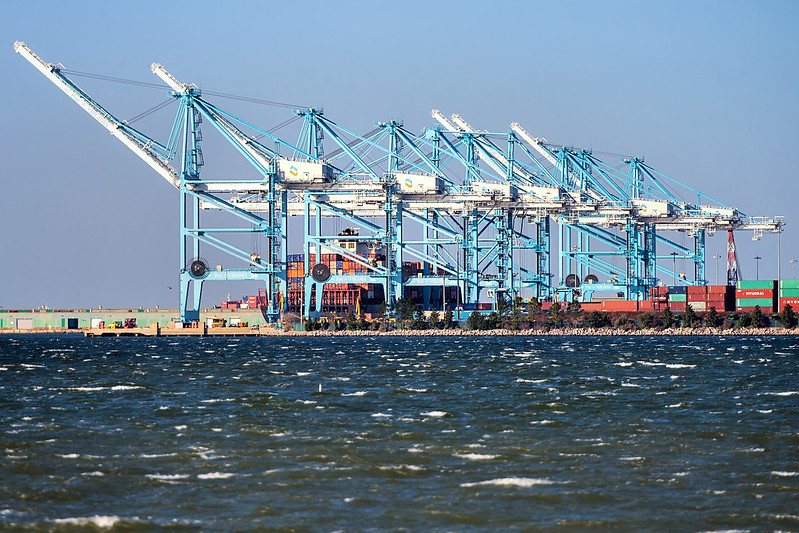T
he senior living industry may prove more resilient to tariffs than other real estate sectors, but immigration is a longer-term concern. Since President Trump's election, uncertainty has surrounded the industry due to potential impacts from tariffs, Medicare and Medicaid cuts, and deportations.
Tariffs imposed by the administration have been unusually broad, affecting countries such as Canada, China, and Vietnam. However, their impact on senior living remains unclear, with operators weighing rhetoric against policy decisions.
Despite potential disruptions, the industry still has a strong demand runway ahead, creating opportunities for growth, according to NIC's Lisa McCracken. Green Street Managing Director John Pawlowski notes that the firm's current outlook on senior housing is "not meaningfully different," with expected mid-90th percentile occupancy rates and revenue per occupied room growth above inflation.
Expenses may be more challenging due to tariffs, but operating leverage will drive low double-digit stabilized same-store NOI growth over five years. Labor availability and costs are future risks, particularly due to immigration-related changes. Pawlowski sees assisted living and memory care as "low-risk" products if the US economy slips into recession.
Immigration reform poses a bigger challenge for senior living than tariffs, with labor availability in operations and construction at risk. The industry relies on immigrant workers, who make up half of construction labor, according to McCracken. Without them, wage cost escalation could lead to additional stresses.
As interest rates fluctuate, underwriting conditions will become "very difficult," and dislocation of values will increase. However, Pawlowski believes there will be enough capital for senior housing transactions. Canadian companies are pausing US-based investments due to trade uncertainty, while investors are showing greater interest in deals outside the US.
Pawlowski advises careful deal underwriting based on housing price trends and migration patterns, as the outcome of investments dictates prices. He cautions against using high leverage on properties with uncertain futures.













